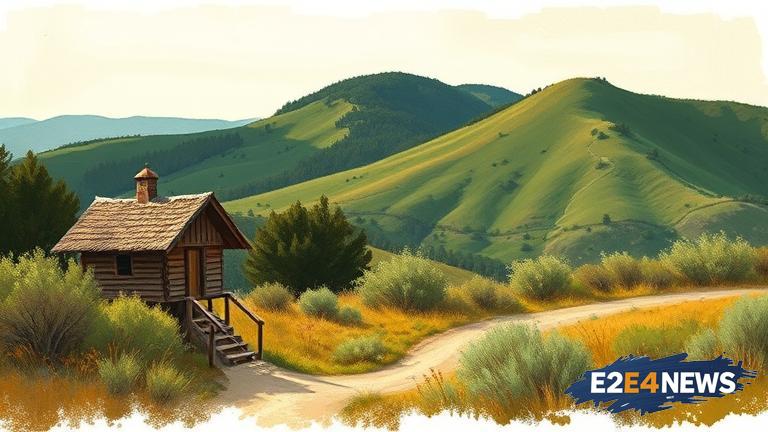The Tolowa Cultural Trail, located in Crescent City, California, is a significant cultural and historical landmark that showcases the traditions and customs of the Tolowa Dee-ni’ Nation. The trail’s origins date back to the early 2000s, when a group of community leaders and tribal members came together to conceptualize a project that would preserve and promote the region’s Native American heritage. With the guidance of Tolowa elders and cultural experts, the trail was designed to highlight the tribe’s history, language, and traditional practices. The trail’s leadership has been instrumental in its development, with key figures such as tribal chairman, Joe Mitchell, and cultural resource manager, Loren Bommelyn, playing a crucial role in its creation. Recent milestones include the completion of the trail’s first phase, which features a series of interpretive signs and exhibits that provide visitors with a deeper understanding of Tolowa culture. The trail has also been recognized for its cultural significance, with the National Park Service awarding it a prestigious grant to support its development. The Tolowa Cultural Trail is not only an important cultural resource but also an economic driver for the region, attracting tourists and creating jobs for local residents. The trail’s impact extends beyond the local community, as it serves as a model for cultural preservation and revitalization efforts nationwide. The Tolowa Dee-ni’ Nation has a long and storied history in the region, with archaeological evidence indicating that the tribe has been present in the area for over 1,000 years. The tribe’s traditional territory spans across present-day Del Norte and Humboldt counties, and their culture is characterized by a deep connection to the land and a rich tradition of storytelling and art. The Tolowa Cultural Trail is a testament to the tribe’s resilience and determination to preserve their cultural heritage, despite facing numerous challenges and setbacks throughout their history. The trail’s development has been a collaborative effort, with local, state, and federal agencies working together to support its creation. The California State Parks department has been a key partner in the project, providing funding and technical assistance to support the trail’s development. The trail’s design and construction have been carefully planned to minimize its impact on the environment, with a focus on sustainability and environmental stewardship. The Tolowa Cultural Trail is expected to have a positive impact on the local economy, with estimates suggesting that it will attract thousands of visitors each year and generate significant revenue for local businesses. The trail’s cultural significance extends beyond its economic benefits, as it provides a unique opportunity for visitors to learn about and experience the rich cultural heritage of the Tolowa Dee-ni’ Nation. The trail’s interpretive signs and exhibits have been designed to provide visitors with a deeper understanding of Tolowa culture, including their traditional practices, language, and history. The trail also features a series of public art installations, which showcase the work of local Native American artists and provide a unique perspective on the region’s cultural heritage. The Tolowa Cultural Trail is a must-visit destination for anyone interested in learning about Native American culture and history, and its impact is expected to be felt for generations to come. As the trail continues to develop and expand, it is expected to become an even more important cultural and economic resource for the region. The Tolowa Dee-ni’ Nation is committed to preserving and promoting their cultural heritage, and the Tolowa Cultural Trail is a testament to their dedication and perseverance. The trail’s success is a reminder that cultural preservation and revitalization efforts can have a positive impact on local communities and the environment, and it serves as a model for similar projects nationwide. The Tolowa Cultural Trail is a source of pride for the local community, and its development has been a collaborative effort that has brought together people from all walks of life. The trail’s cultural significance is undeniable, and its impact will be felt for generations to come.
